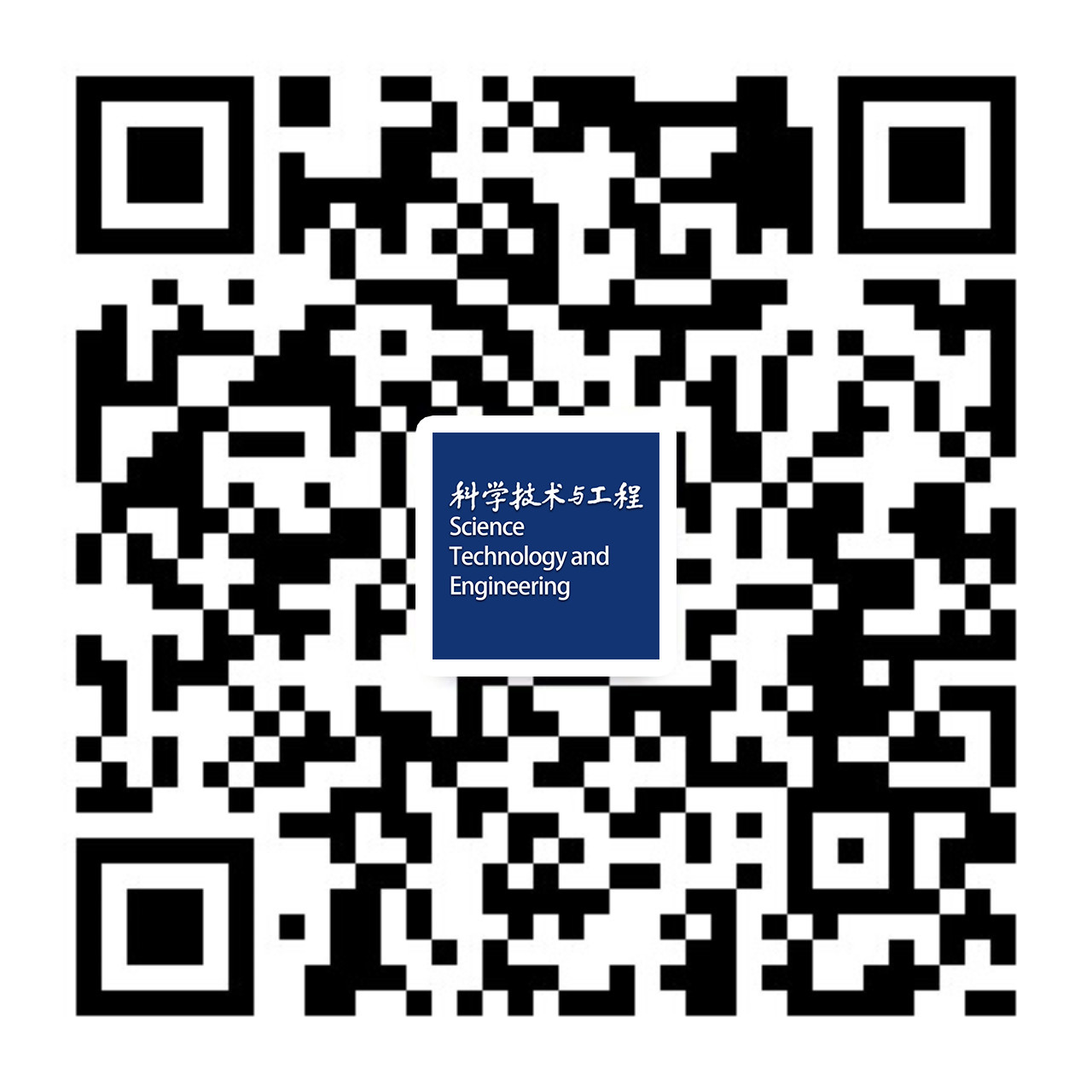颠覆性技术从边缘力量如何成为未来主流? ——基于技术-应用-生态的视角
作者:
作者单位:
1.中国工程物理研究院科技信息中心;2.大连理工大学科学学与科技管理研究所;3.中国社会科学院数量经济与技术经济研究所;4.中国工程科技创新战略研究院
中图分类号:
F270
基金项目:
中国工程院咨询研究项目
How Disruptive Technology Evolves From Marginal Presence to Dominant Future Force?—— Based on a technology-application-ecology perspective
Author:
- LIU Anrong 1
- CHEN Yue 2,3,4
- WU Bin 5
- CAO Xiaoyang 6
- WE Jieyu 5
Affiliation:
1.Science and Technology Information Center, China Academy of Engineering Physics;2.Institute of Science of Science and S&3.T Management &4.WISE Lab,Dalian University of Technology;5.Institute of Quantitative and Technical Economics, Chinese Academy of Social Sciences;6.Chinese Academy of Engineering Innovation Strategy
引用本文
刘安蓉,陈悦,吴滨,曹晓阳,韦结余.颠覆性技术从边缘力量如何成为未来主流? ——基于技术-应用-生态的视角[J].技术经济,2024,43(7):110-124.
复制相关视频
分享
文章指标
- 点击次数:
- 下载次数:
- HTML阅读次数:
历史
- 收稿日期:2024-01-18
- 最后修改日期:2024-07-23
- 录用日期:2024-03-04
- 在线发布日期: 2024-07-29
文章二维码

您是第 位访问者
电话:010-65055536, 18515632865 Email:jishujingji@cste.org.cn
地址:北京市海淀区学院南路86号(100081) 邮政编码:80-584
ICP:京ICP备05035734号-5
技术经济 ® 2025 版权所有
技术支持:北京勤云科技发展有限公司
电话:010-65055536, 18515632865 Email:jishujingji@cste.org.cn
地址:北京市海淀区学院南路86号(100081) 邮政编码:80-584
ICP:京ICP备05035734号-5
技术经济 ® 2025 版权所有
技术支持:北京勤云科技发展有限公司
请使用 Firefox、Chrome、IE10、IE11、360极速模式、搜狗极速模式、QQ极速模式等浏览器,其他浏览器不建议使用!



